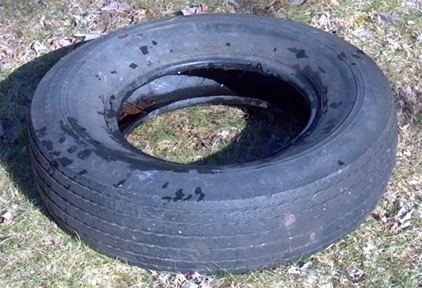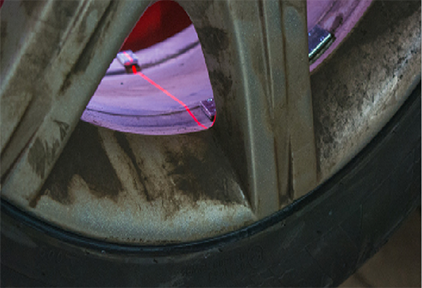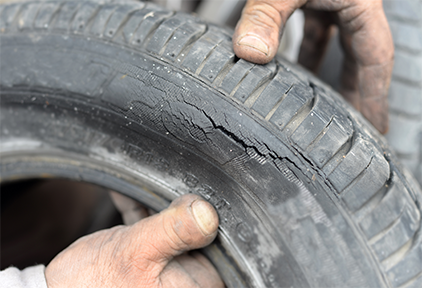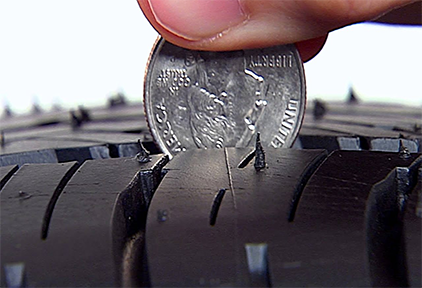REASONS TO CHANGE YOUR TIRES

Weathering
Your tires are constantly exposed to elements like heat, snow, ice, and water, so it will naturally break down over time. Common signs of weathering include fine cracks in the sidewall and in between the tread blocks. If you find any of these cracks, your tires should be replaced immediately to prevent any issues with your vehicle.

Bulging
A bulge in the tire is caused by air getting in between the inner line of the tire and the outer material. This most commonly occurs after an impact with a pothole. If the bulge is not addressed, it could rupture and cause serious damage and/or injury.

Vibration
If you feel vibrations when you drive, this could be indicative of various tire problems. A major problem that can cause a vibration is when the inner cords of the tire separate. If you have a separated tire, driving is described as "lumpy" at low speeds which turns into a very high frequency vibration at high speeds. If you think that you have a separated tire, bring it in immediately to check as a tire with these issues needs to be replaced.

Tread Depth
A tire is considered "worn out" when the tread depth is less than 2/32nds of an inch. When the tread depth is this low, the tire will not be able to have very much traction and cannot effectively channel water/snow. You can measure that through a tread depth gauge, or, if you don't have one, then there is a simple test to see if your tire needs to get replaced. Take a quarter and place it in the tire tread in various places around the tire with the Queen's head facing down. If any part of the Queen's head is visible, then you have 2/32nds or less of an inch of tread depth remaining and need to replace your tires.

Age
Even with minimal driving, tires still wear down overtime, so you will still need to change your tires at some point. We suggest that you change your tires at least every 5-6 years, even with minimal use.
